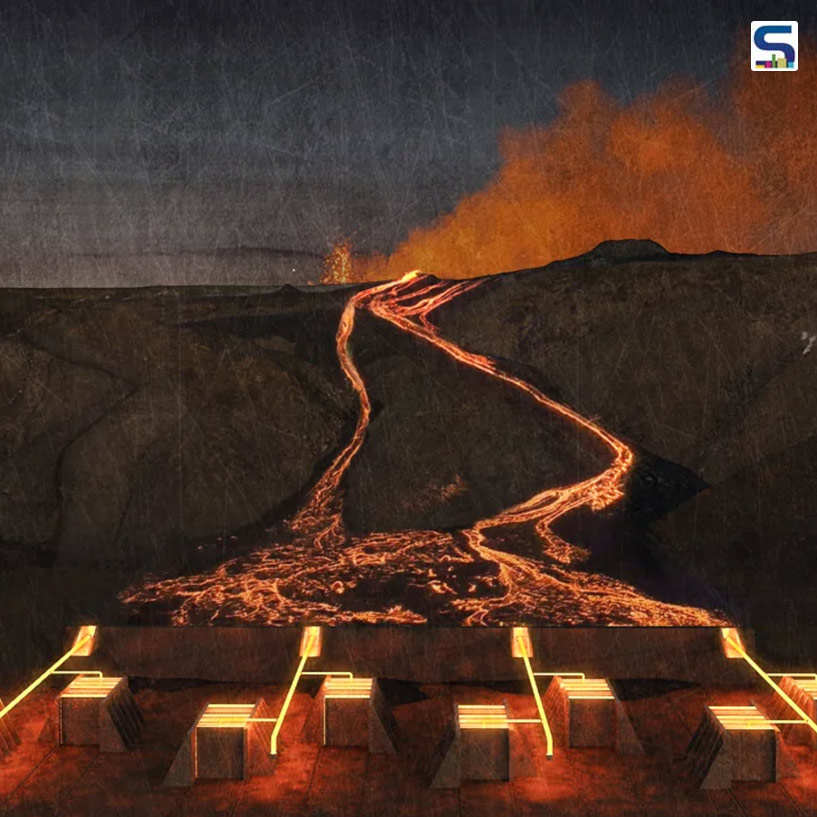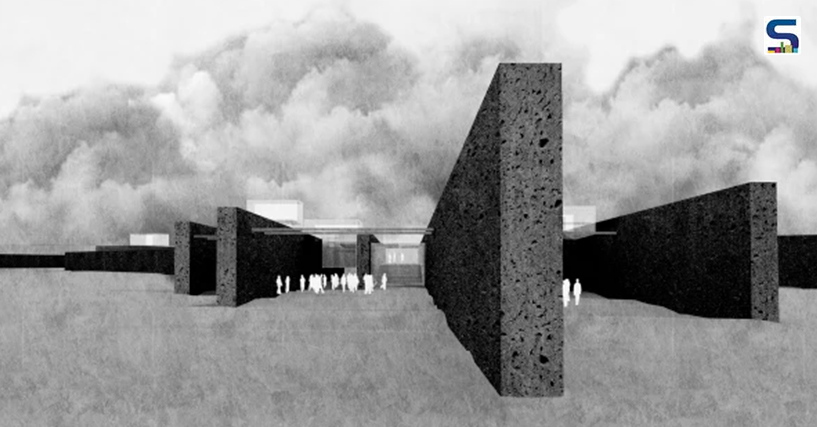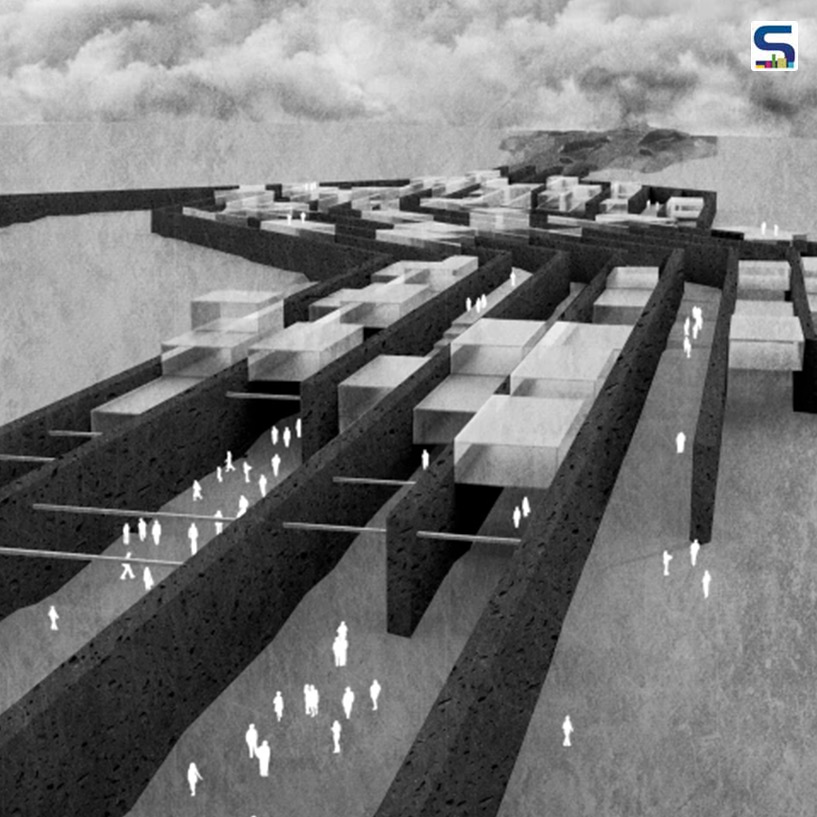
At the recently concluded Iceland’s largest design festival, the DesignMarch festival in Reykjavik, architect Arnhildur Palmadottir revealed her radical and gigantic Lavaforming proposal. According to her, Lavaforming suggests a substantially more sustainable building solution compared to steel and concrete. The proposal sees controlled lava eruptions being used to create buildings, where lava can be used as a building material to produce a whole city for humans in a few weeks.
The idea came to the architect as a radical response to the climate crisis. The construction and building materials sector is currently responsible for 11 per cent of annual global CO2 emissions. This alarming rate has urged architects and designers to opt for materials that emit lesser carbon and replace steel and concrete with sustainable and locally sourced materials.

Palmadottir, who believes that we don’t have many natural resources except stone and lava fields, lava felt like an obvious choice for her. She further laid down three ideas as to how lava could be harnessed, namely, digging trenches for lava to flow into when a volcano erupts, drilling into magma (before it erupts and turns into lava), and 3D-printing bricks with molten lava. Although the proposal is focused on Iceland, reports suggest that it can be further applied to 1,500 other active volcanoes that are scattered around the globe.
Palmadottir informs that the idea depends on the natural eruption, which according to reports happens every five years on an average in Iceland. Once the volcano erupts, the slow-flowing lava would drip into a network of pre-dug trenches. This can be used to redirect the lava to protect any critical infrastructure nearby. These trenches can also double as a foundation for a new city since lava cools into solid rock. Additionally, upon digging out the soil from around the trenches, which would be filled with solidified lava, these trenches could be turned into walls.

For this, architects would have to rely on prediction models such as weather forecasting. However, to understand where to place the city, these models would have to be linked to a design model. That said, when there is no volcano eruption, the architect suggests focusing on geothermal energy. Since Iceland is divided by a rift that splits the country from east to west, where fiery magma transfers heat to the Earth’s mantle, the geothermal heat, if used properly, can be used to generate tremendous amounts of electricity. Reportedly, a similar study is being conducted near the Krafla volcano in the north of Iceland where if the architects drill farther down and hit pockets of magma, they can extract material to mold it into bricks or direct it into a 3D printing material.
Image credits: Studio Arnhildur Palmadottir